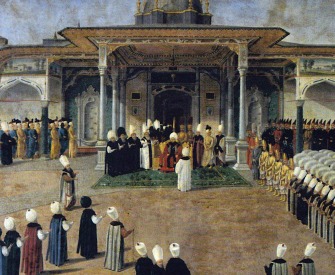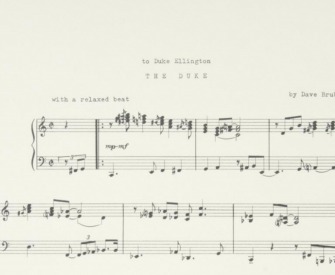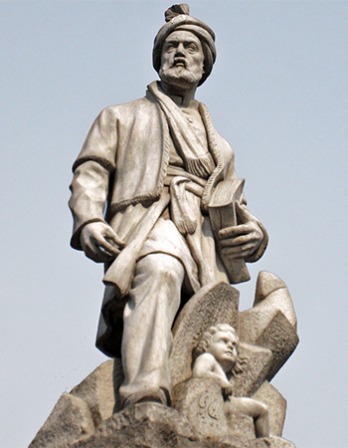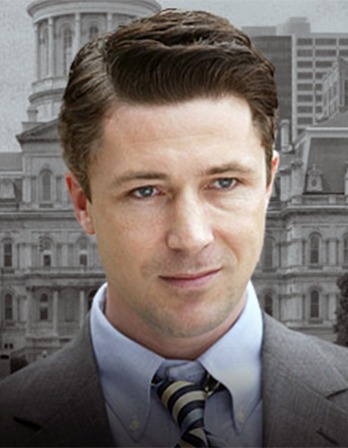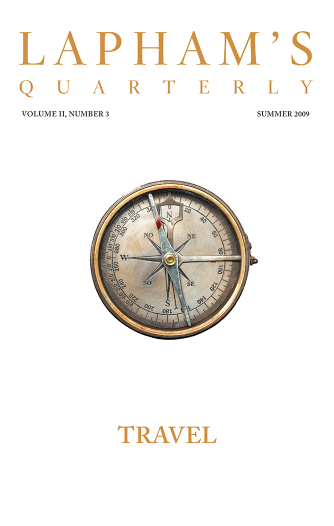I am Ur-Nammu, king of Urim, the protecting genius of my city. I strike against those guilty of capital offenses and make them tremble. My judgments make Sumer and Akkad follow a single path. I place my foot on the necks of thieves and criminals. I clamp down on evildoers, who will be caught like snakes. I make justice apparent; I defeat wickedness. As if I were fire, even my frowning is enough to create concord.
As I came forth from the womb of my mother, the goddess Ninsun, a favorable allotted destiny was determined for me.
In me, Ur-Nammu, the lands of Sumer and Akkad have their protecting genius. I am a source of joy for the land; my life indeed creates! In the desert, the roads are made up as for a festival and are passable because of me. I have freed the sons of the poor from their duty of going to fetch firewood.
The people line up in front of me. I am clad in linen in the gipar. I lie down on the splendid bed in its delightful bedchamber. I cause the people to eat splendid food; I am their Enkimdu, the god of farming. I am the good shepherd whose sheep multiply greatly. I am peerless. The joy of my city and the territory of Sumer delights me. I release water into the canals of Sumer, making the trees grow tall on their banks. I have lifted the yoke of its male prostitutes.
I am the creature of Nanna, god of the moon! I am the older brother of Gilgamesh! I am the son borne by Ninsun, a princely seed! For me, kingship came down from heaven! Sweet is the praise of me, the shepherd Ur-Nammu!
© 2004 by the ETCSL project, Faculty of Oriental Studies, University of Oxford. Used with permission of Oxford University Faculty of Oriental Studies.
From a praise poem. The founder of the third Ur dynasty, Ur-Nammu is the author of the world’s oldest known law code, offering edicts addressing bodily injury, witchcraft, and runaway slaves. He is responsible for the construction of the Great Ziggurat of Ur, a mud-and-burnt-brick temple first excavated by a British vice consul in the 1850s and partially rebuilt by Saddam Hussein in the 1980s.
Back to Issue
